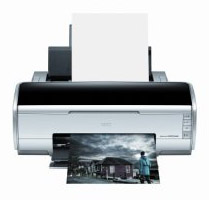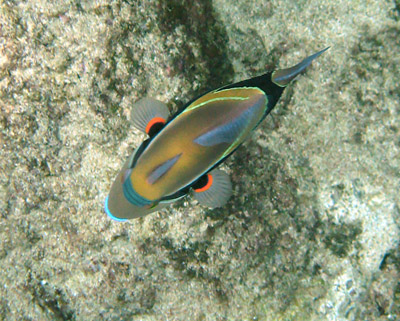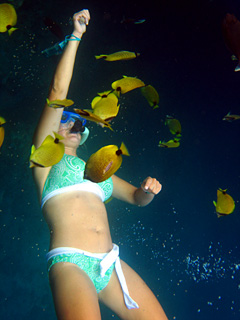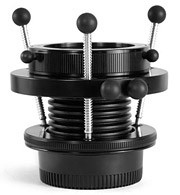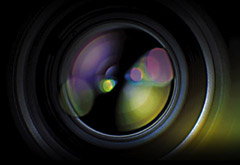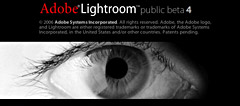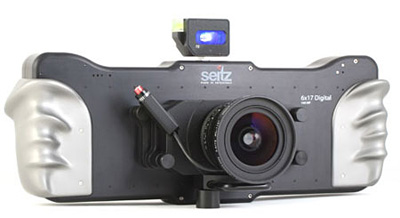
iView Multimedia has released an update to its flagship digital asset management program, iView MediaPro. In today's press release, iView says that it's increased performance for both Mac and Windows versions. This is heartening, since this is the first update to the popular application since the Microsoft acquisition. Many had feared that Microsoft would eliminate Mac support for the product. This release is a good sign for Mac users of iView Media Pro.
Download iView MediaPro 3.1.2 at www.iview-multimedia.com/downloads/index.php. This update is free for registered users of MediaPro 3.x. This update works best with the latest version of QuickTime (7.1.3) from Apple, which is strongly recommended to both Windows and Macintosh users.
Technorati Tags: digital photography, The Digital Story
